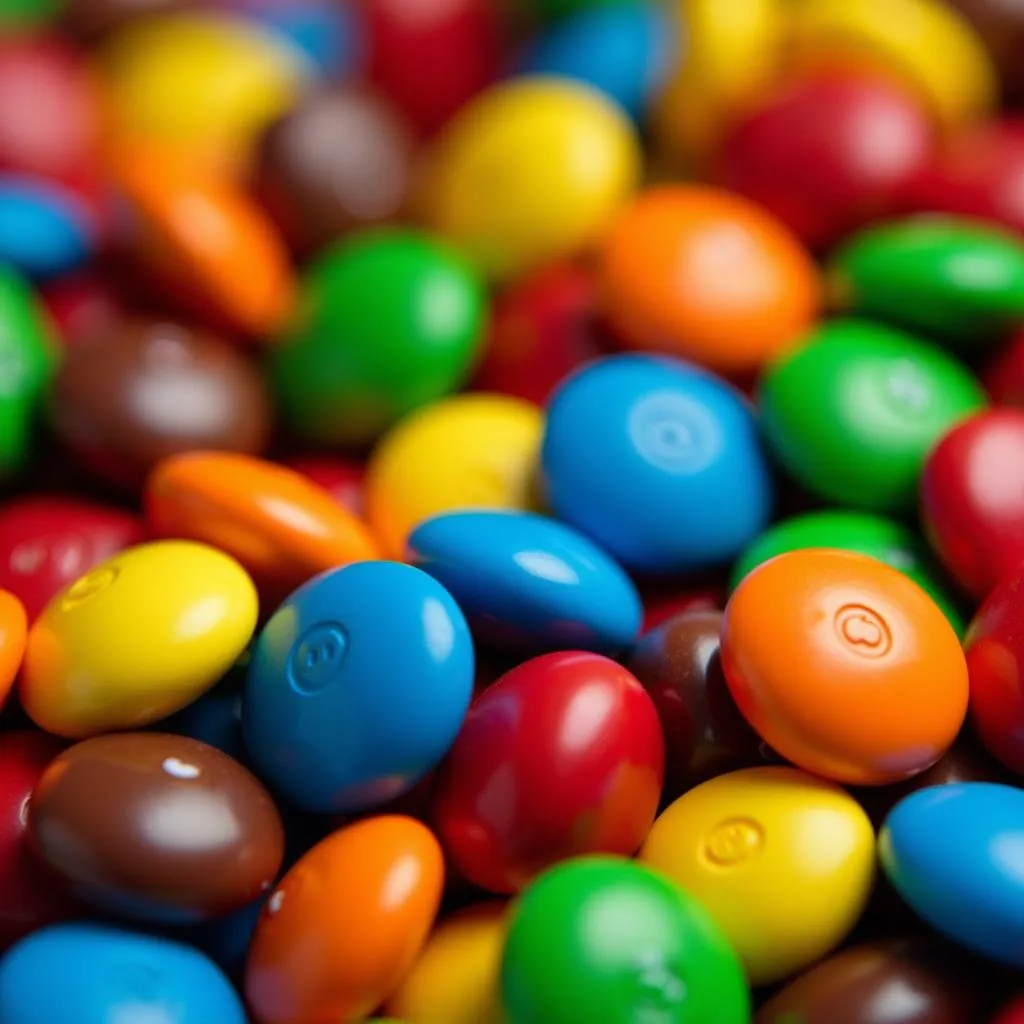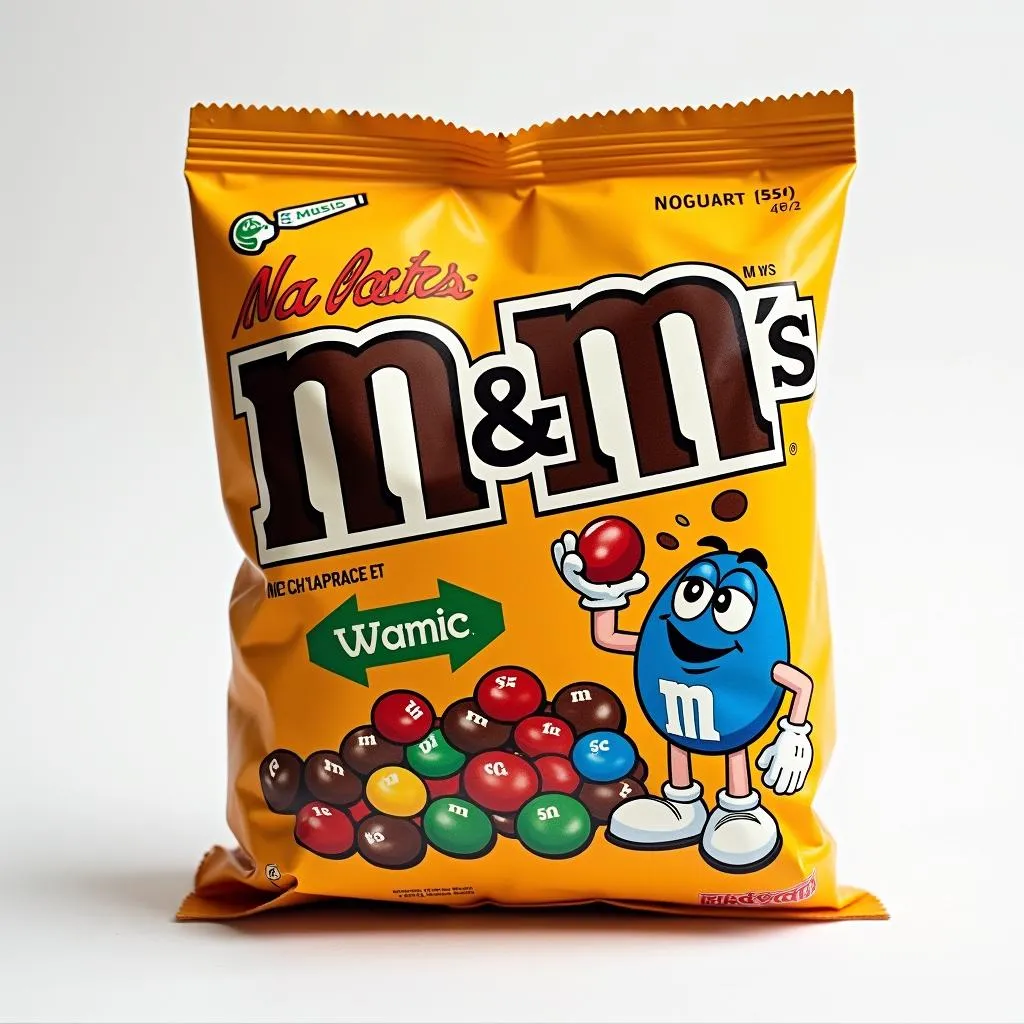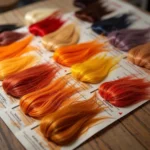A question as old as time itself (or at least as old as M&Ms): do the different colors of these beloved candies actually taste different? You bite into a handful, savoring the chocolatey goodness, and swear the red one has a hint of cherry while the green one whispers of lime. But is it just our imagination running wild? Let’s dive into the colorful world of M&Ms and uncover the truth behind this sugary mystery.
The Science of Taste and Color
Before we tackle the M&M conundrum, it’s helpful to understand how our sense of taste and perception of color intertwine. Our taste buds, those tiny receptors on our tongues, detect five basic tastes: sweet, sour, salty, bitter, and umami. Color, on the other hand, is perceived by our eyes. While the two senses are distinct, they often work in tandem, influencing our overall sensory experience.
Think about a bright red strawberry. Its vibrant hue alone can trigger our anticipation of its sweetness even before we take a bite. This interplay between sight and taste is why food coloring is so prevalent in the culinary world. It enhances the visual appeal and can even influence our perception of flavor.
The M&M Myth Busted
Now, back to our multicolored candies. Does the green M&M actually taste like lime? Unfortunately, the answer is a resounding no. M&Ms, regardless of their colorful shells, share the same basic chocolate flavor. The different colors are simply a result of food coloring added during the candy coating process.
 M&Ms in various colors
M&Ms in various colors
Why We Perceive Differences
If the colors don’t actually impart different flavors, why do we often think they do? This phenomenon boils down to a few key factors:
- Psychological Association: We’ve been conditioned to associate certain colors with specific flavors. Green often signals lime or green apple, while red brings to mind cherry or strawberry. When we see a green M&M, our brains automatically anticipate a lime flavor, even if it’s not actually present.
- Sensory Overload: When we consume a handful of M&Ms, our taste buds are bombarded with sweetness and chocolate. This sensory overload can make it difficult to discern subtle flavor differences, if any, leading us to rely more on visual cues like color.
- The Power of Suggestion: If someone tells you the blue M&M tastes like blueberry, you might start to believe it. The power of suggestion is a strong influence on our perception, especially when it comes to taste.
The History of M&M Colors
While the different colors of M&Ms don’t correspond to different flavors, the history of their color selection is quite interesting. Over the years, the M&M color palette has undergone several transformations, driven by marketing campaigns, cultural trends, and even public opinion.
 Old M&Ms packaging
Old M&Ms packaging
From the original tan, red, orange, yellow, green, and brown to the introduction of blue and the removal and reinstatement of certain colors, M&Ms have consistently evolved to capture our attention and keep us coming back for more.
The Bottom Line: It’s All About the Chocolate
So, while we may be tempted to believe that the green M&M holds a hidden lime flavor, the truth is that it’s the same delicious chocolate as its colorful counterparts. The enduring appeal of M&Ms lies in their simplicity and the nostalgic joy they evoke. Whether you prefer red, blue, or green, we can all agree that the chocolatey goodness is what truly matters.
Still believe your favorite color tastes different? Try a blind taste test to see if you can tell the difference!
FAQ
- Q: Do M&Ms contain artificial flavors?
- A: Yes, M&Ms contain artificial flavors in their candy shell.
- Q: Are all M&M colors available year-round?
- A: While the classic colors are typically available year-round, M&Ms often release limited-edition colors and flavors for special occasions and holidays.
For any further assistance, please feel free to contact us at:
Phone Number: 0373298888
Email: [email protected]
Address: 86 Cau Giay, Hanoi.
Our dedicated customer service team is available 24/7 to assist you.

